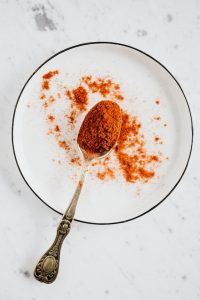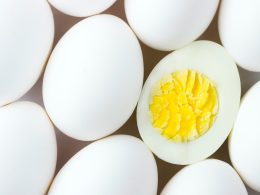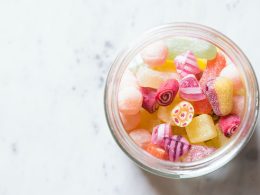In the world of food, color plays a vital role. It’s often the first sensory aspect that we notice in a meal, influencing our expectations and appetites. Food dyes, with their ability to add a vibrant spectrum of colors, are the artists behind the scenes, creating visually appealing culinary experiences. This article explores the fascinating world of red food dyes, their sources, safety, and how they enhance the visual appeal of various food products.
The Magic of Food Dyes
Food dyes are additives used to impart color to foods and beverages. They have been an integral part of culinary arts for centuries, although the sources and processes for obtaining these dyes have evolved over time. The primary purpose of food dyes is to make products look more attractive and appetizing.
Red food dyes, in particular, are known for their versatility and eye-catching appeal. Let’s dive into the world of red food dyes:
Natural vs. Artificial Red Food Dyes
Natural Red Dyes
- Beet Juice: Derived from red beets, beet juice is a natural source of red food coloring. It’s used in various products, including candies and fruit juices.
- Paprika: Paprika, a spice made from dried and ground red peppers, serves as a source for red food coloring. It’s often found in sausages, cheeses, and snack foods.

Photo by Karolina Grabowska: https://www.pexels.com/photo/spoon-of-paprika-in-metal-bowl-4199062/
Artificial Red Dyes
- Red 40 (Allura Red AC): Red 40 is one of the most widely used artificial red food dyes. It’s known for its bright, cherry-red hue and is found in numerous processed foods, beverages, and even pharmaceuticals.
- Carmine (Cochineal Extract): Carmine is an intense red dye made from crushed female cochineal insects. It’s used in various food products, cosmetics, and textiles.
Safety Concerns
While food dyes add vibrant colors to our favorite treats, their safety has been a topic of concern. Artificial food dyes, in particular, have raised questions about potential health risks. Some studies have suggested links between artificial food dyes and hyperactivity in children, although more research is needed to confirm these connections.
The food industry, in response to these concerns, has been exploring alternative, natural sources for food dyes. Natural red food dyes, like those derived from beet juice and paprika, offer a safer and more transparent labeling option.
The Role of Red Food Dyes in Culinary Creations
Red food dyes are widely used in the culinary world to create visually stunning dishes and beverages. Here are some applications:
Baking and Confectionery
Red food dyes are indispensable in the world of baking and confectionery. They are used to give cakes, cookies, and candies their vivid red hues. Red velvet cake, for instance, gets its iconic color from food dyes.
Beverages
From fruit-flavored sodas to cocktail mixers, red food dyes make beverages more visually appealing. Think of a cherry-red Shirley Temple or a vibrant pomegranate cocktail.
Desserts
Desserts like strawberry-flavored ice cream, raspberry sorbet, and cherry gelato get their enticing colors from red food dyes.
Savory Dishes
Red food dyes can also be used in savory dishes. A red tomato sauce or a vibrant red curry is more appetizing and visually appealing.
Decoration
For decorative elements like cake icing, red food dyes enable intricate designs, adding visual flair to special occasion cakes.

Cultural Significance
In some cultures, the color red holds special significance in culinary traditions. Red is often associated with luck, happiness, and celebration. Red foods are common in various cultural ceremonies, such as Chinese New Year, where red symbolizes good fortune and prosperity.
Beyond Culinary Applications
Red food dyes are not limited to the kitchen. They find applications in other areas as well:
- Cosmetics: Red food dyes are used in lipsticks, blushes, and nail polishes to create various shades of red.
- Textiles: They are used in the textile industry to color fabrics, giving us vibrant red clothing and accessories.
- Medicine: Red food dyes are used in some pharmaceuticals, where color coding helps distinguish between different medications and dosages.
Conclusion
The world of red food dyes is as colorful and diverse as the dishes they enhance. From vibrant cakes to festive celebrations, these dyes play a significant role in both culinary arts and various other industries. As consumer demand for natural and safer alternatives grows, the development of new, innovative sources for red food dyes continues. With the right balance between visual appeal and safety, red food dyes will continue to be a crucial part of our culinary and sensory experiences.












